After using our audio cables, most of us don’t think about the proper way to wrap them other than to quickly get them out of the way and cram them into whatever space available. However, the way you wrap and store your cables can have a significant effect on their longevity.
Incorrect Ways to Wrap a Cable
Over-Over
This is definitely the most common wrapping method out there. On the surface, it makes sense, right? You wrap the cable in the same consistent motion.
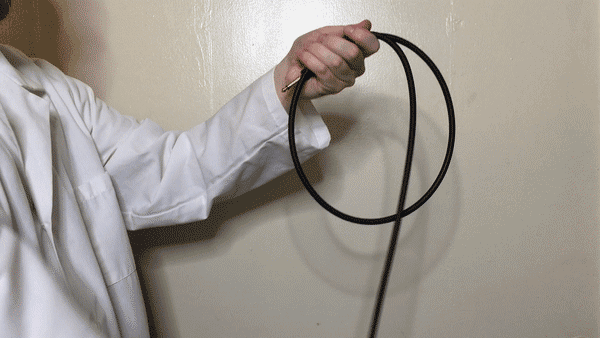

The problem with wrapping cable in this way is that the cable is continually twisted along its length and when dropped, there are all sorts of tangles and kinks that must be laboriously undone.
Aside from the simple inconvenience, the twisting over time can put stress on the cable and increase the likelihood of internal shorts which may cause it to stop working, or open gaps in its shielding, allowing for more interference. This is especially important for instrument cables and microphone cables, which are prone to pick up more noise.
Tying
Some will wrap their cables in a bunch, or do the over-over method and then use the cable to tie itself together. This adds even more stress to the cable and will decrease its life significantly quicker, so we highly discourage you from this method.
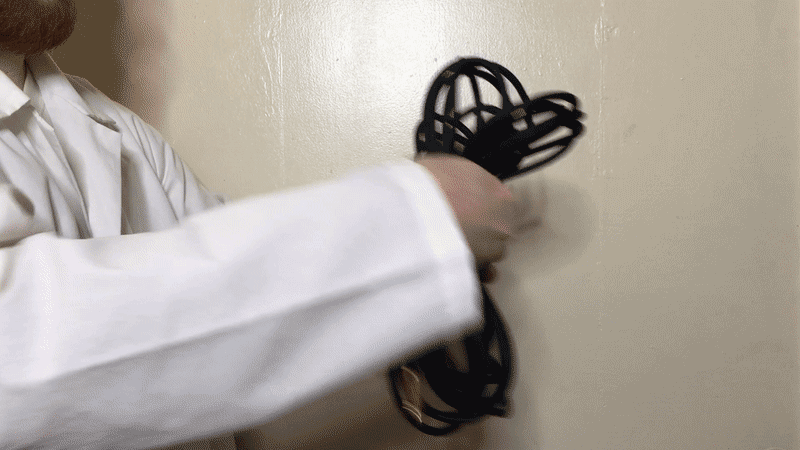
The Correct Way to Wrap a Cable
Over-Under
It may be a little funny to get used to at first, but once you start wrapping your cables in this way it becomes very intuitive. As we mentioned before, the issue with the over-over cable wrapping method is that the cable is continually twisted along its length. The over-under method means as you are twisting with the “over”, you are untwisting with the “under”.
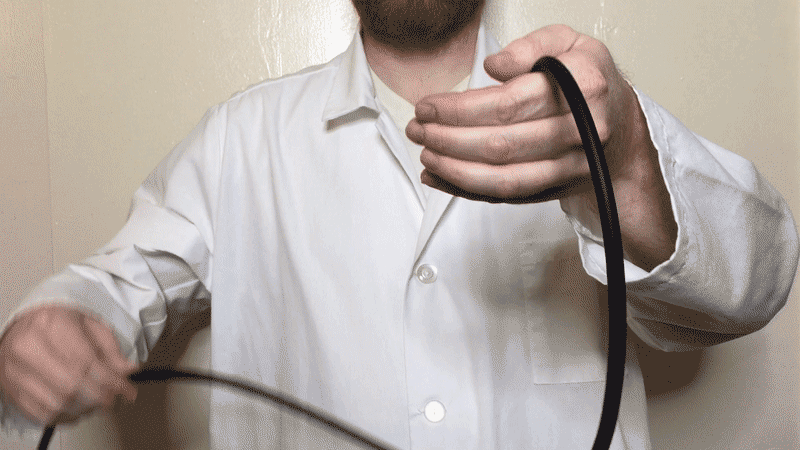
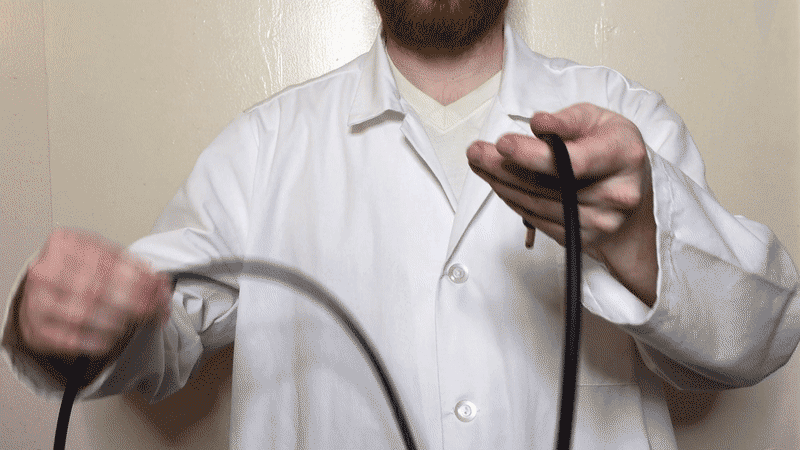
This will reduce the tension on the cable while wrapping and as it’s stored, making it easier to uncoil and ultimately increasing the cable’s longevity.
You’ll know you’re doing it right when you can throw your cable and it uncoils without any snarls or kinks.
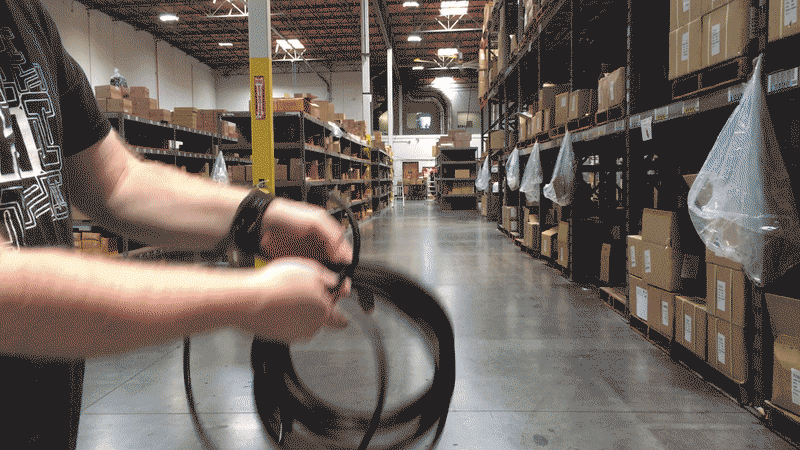
Cable Storage
When storing your cables, try to keep them either hanging or laying in a relaxed position as much as possible. Cable ties come in very handy for keeping your cables neatly organized and separated, especially if you have them in a pile or gig bag. Hosa offers a wide array of cable organizers to help keep things efficient depending on your preferences.
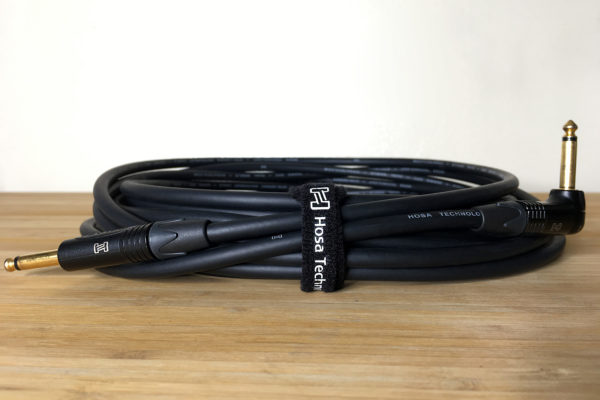
If you’ve had cables stored for a while that you don’t frequently use and don’t know whether they still work or not (because you certainly don’t want to test them at a gig), it’s also helpful to invest in a cable tester. This allows you to test each connection point on your cables and make sure everything is in working order before putting them into commission.
- Hosa
